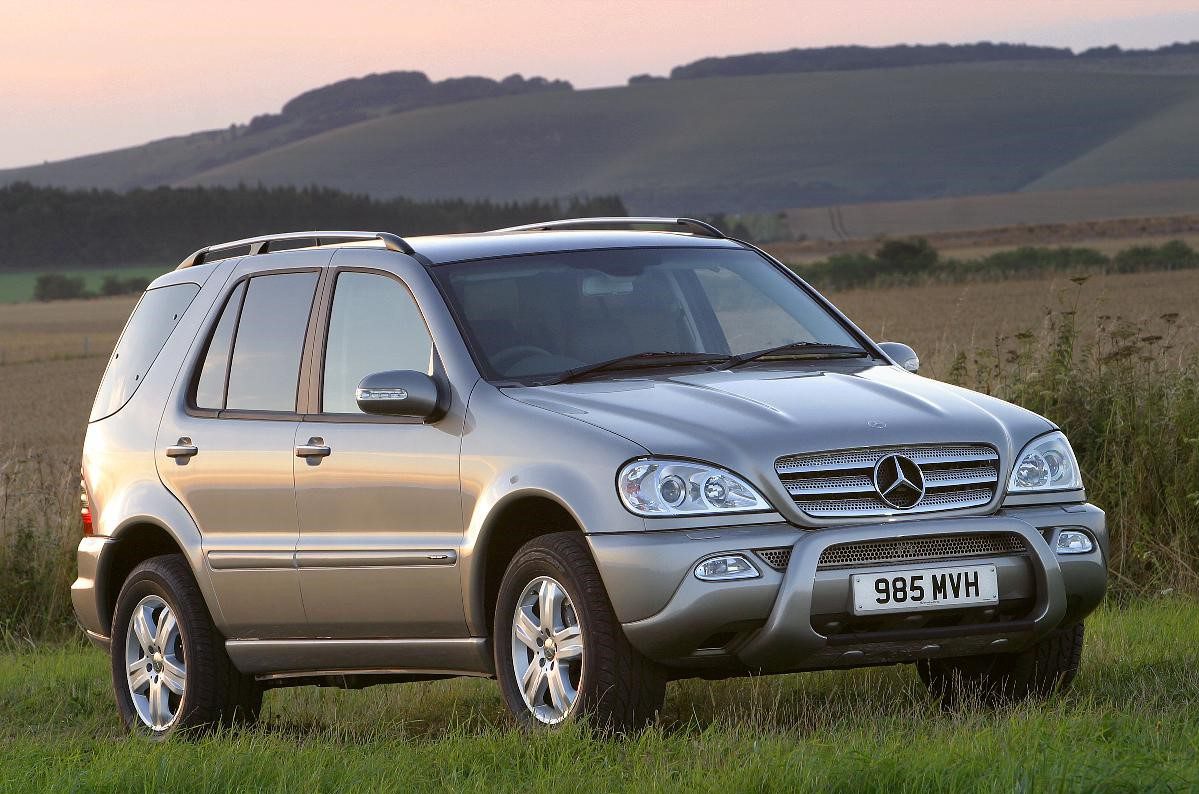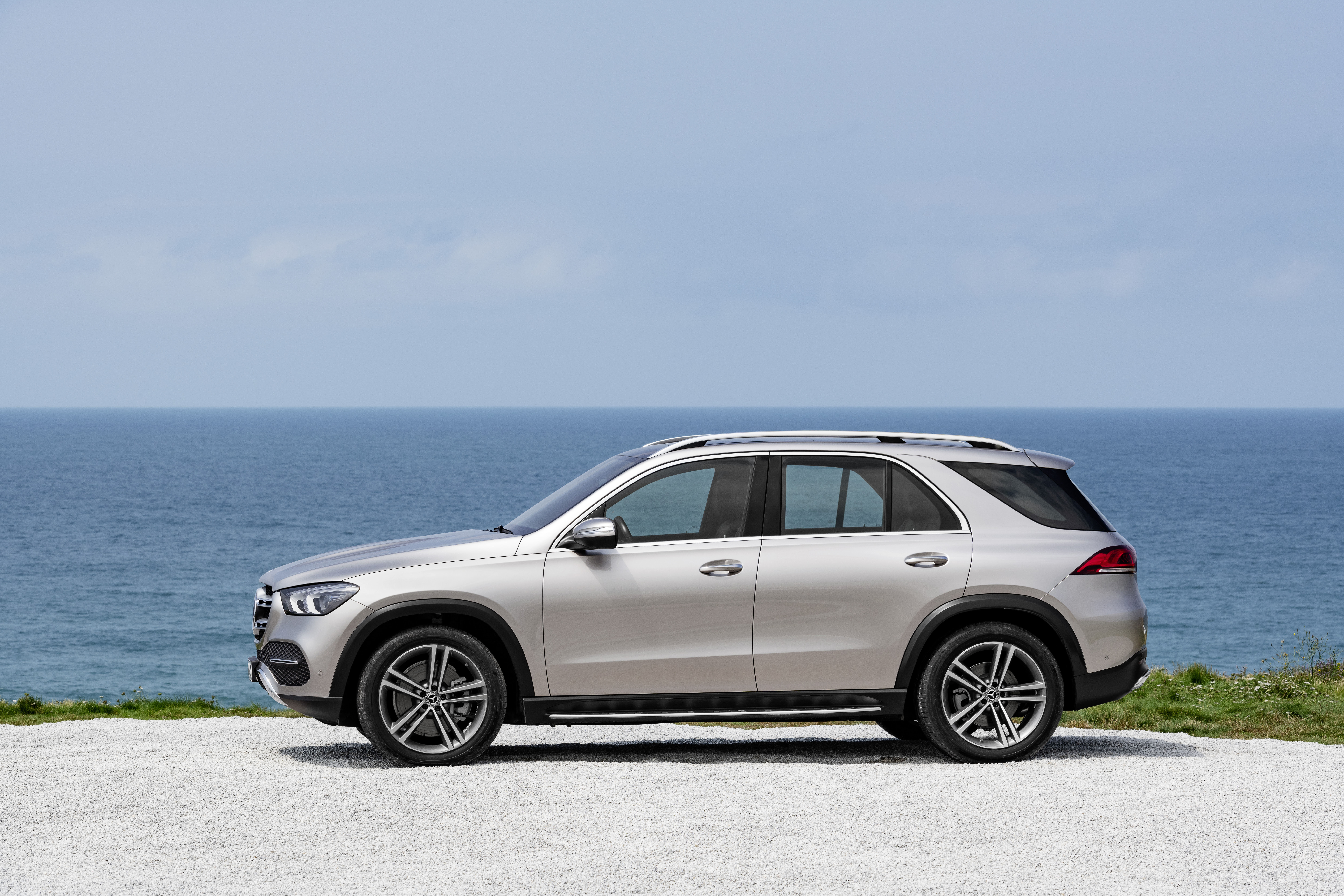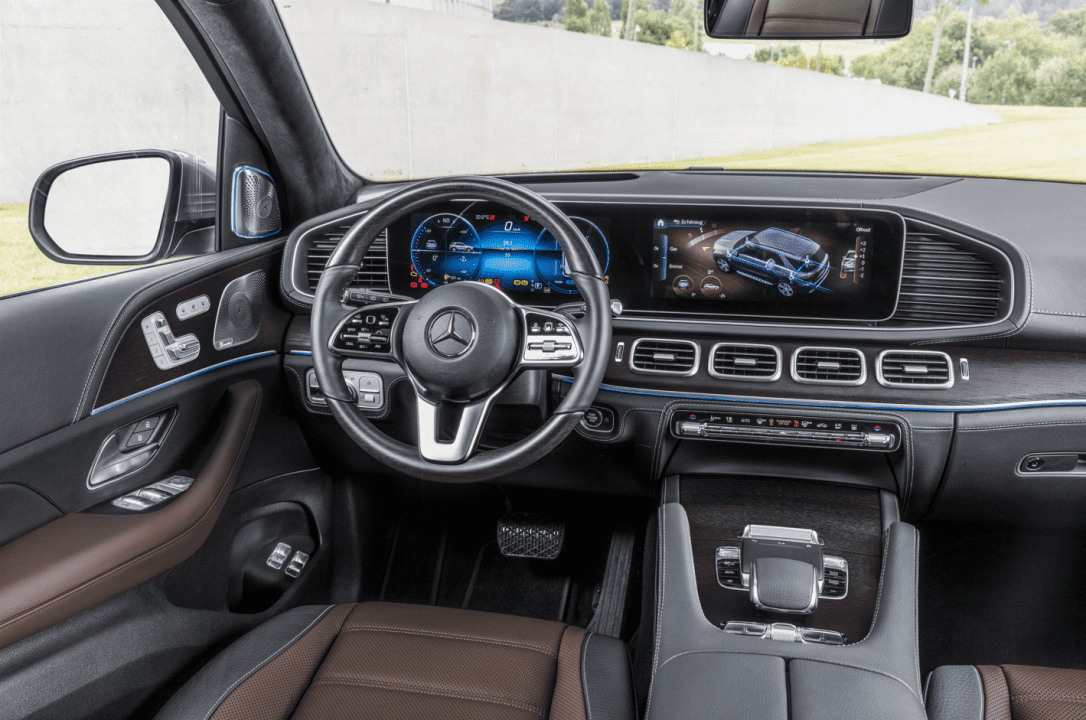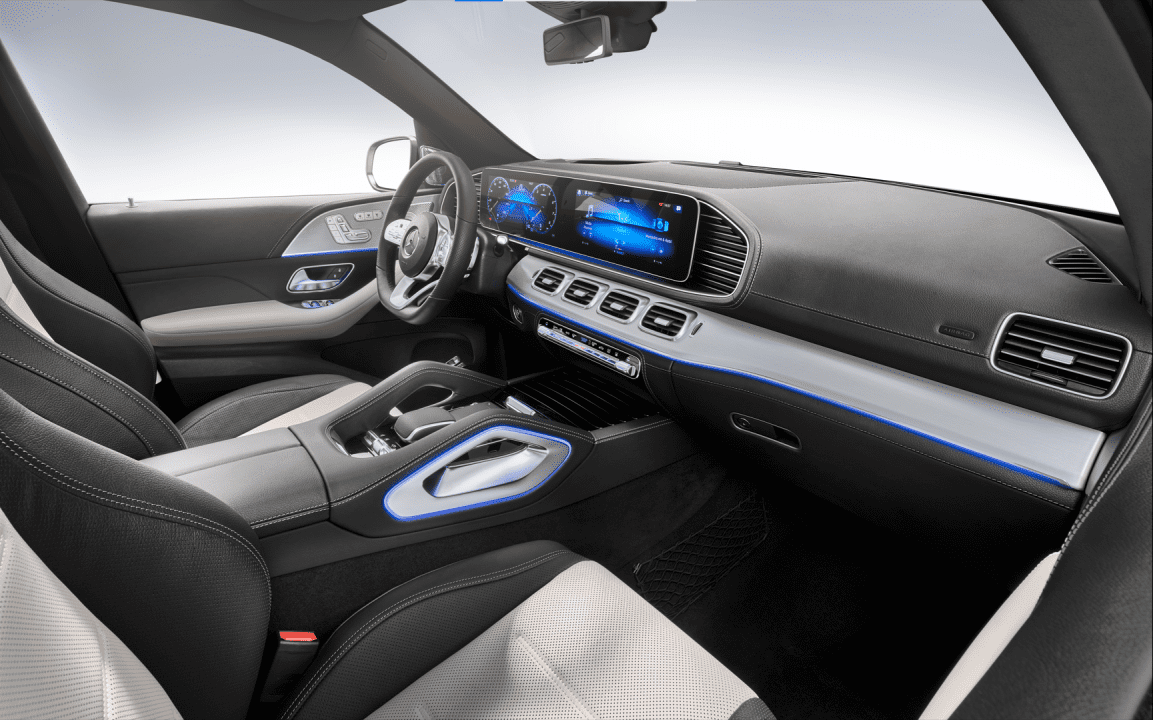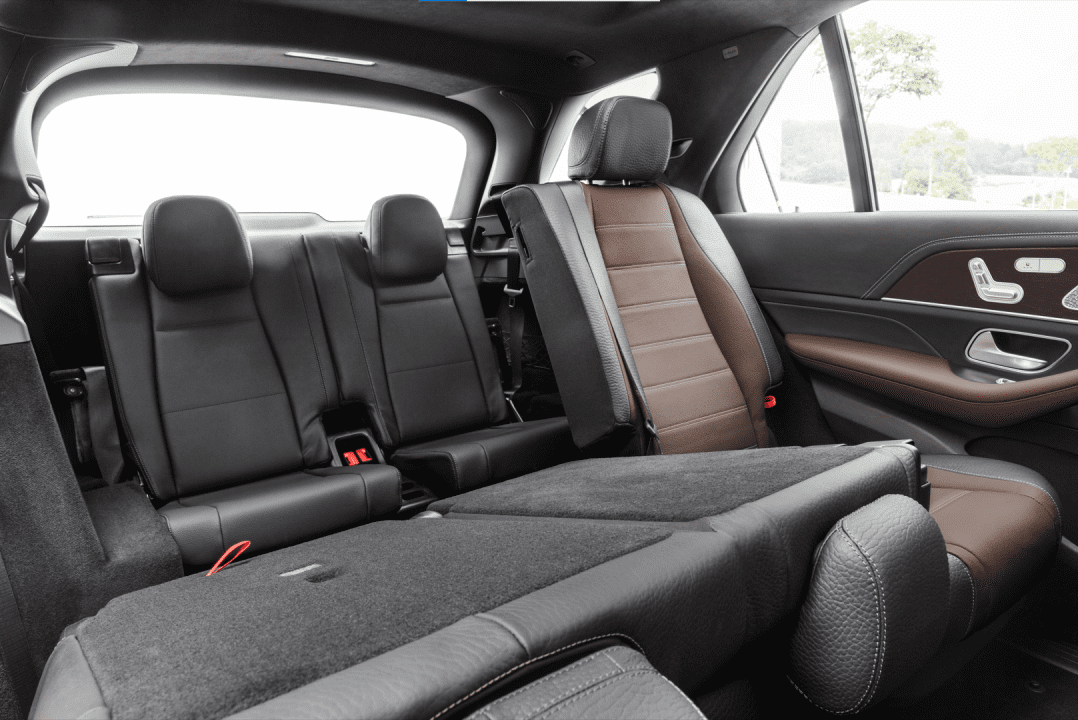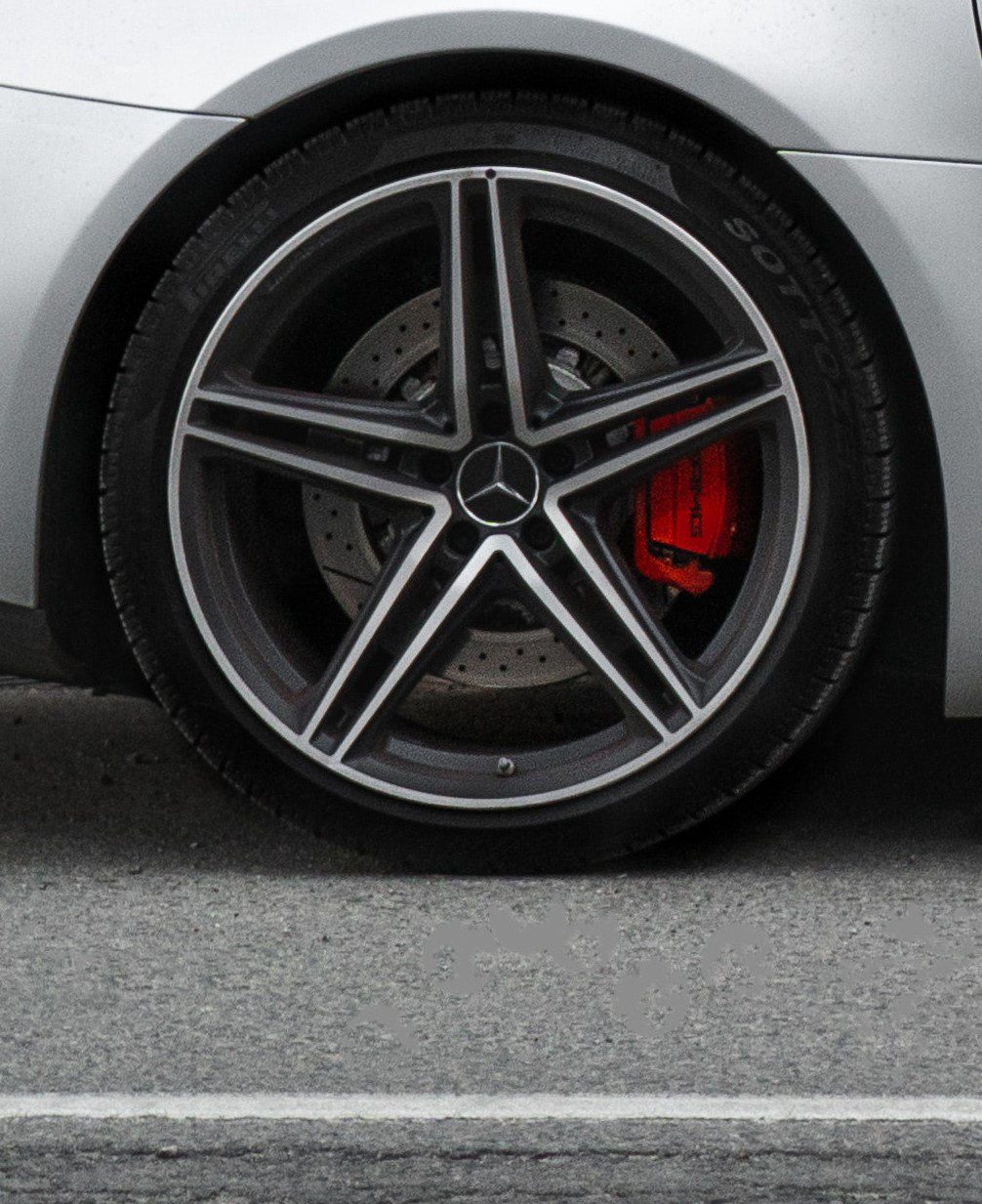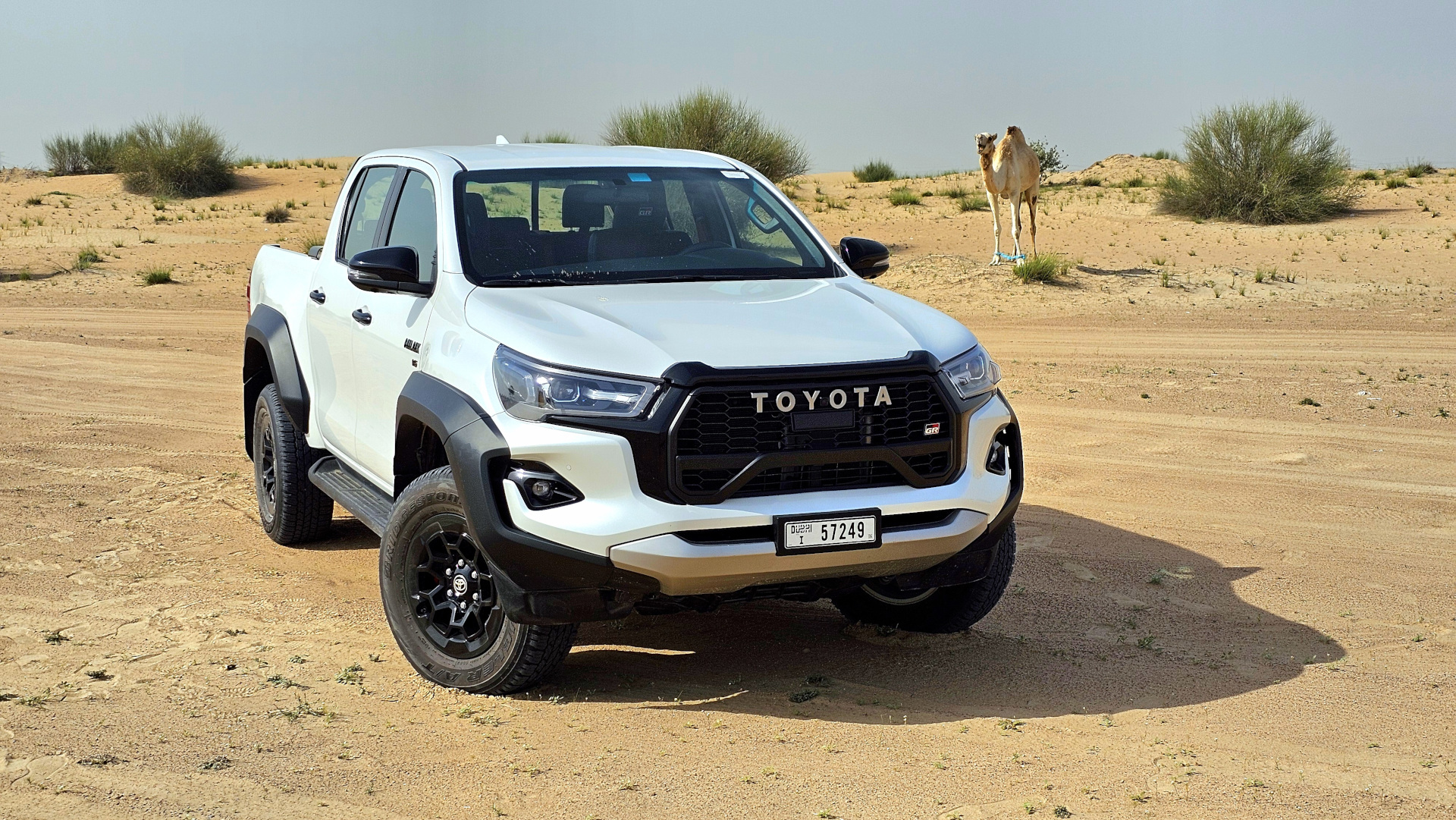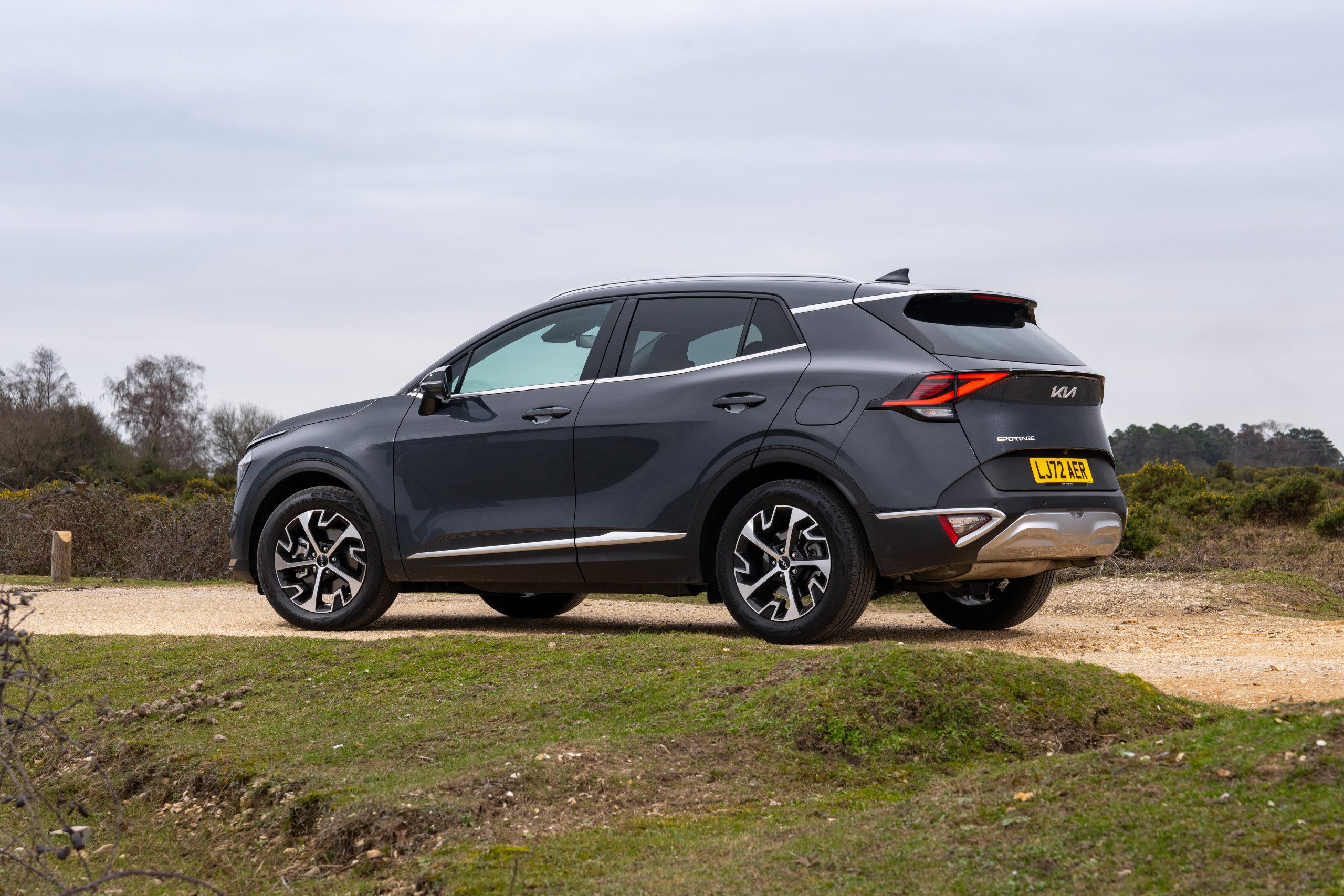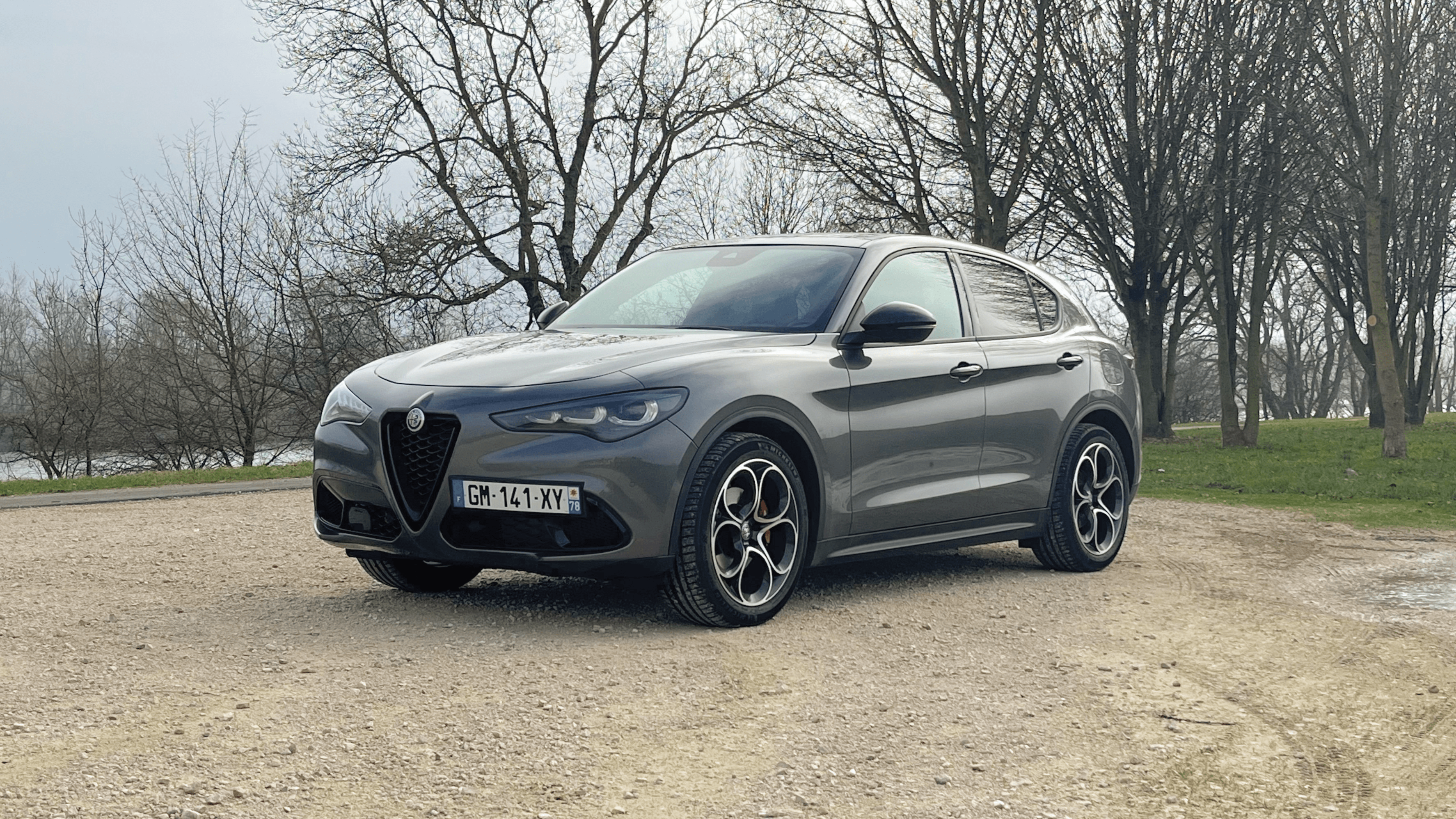REVIEW: The Mercedes-Benz GLE
Looking for a high-end SUV without wanting to spend £100k? The Mercedes GLE could be what you need.
Tested model: 2021 Mercedes-Benz GLE 450d 4MATIC Premium Plus
Some history…
Mercedes’s GLE SUV first emerged as the M-Class in 1997, a rugged-yet-comfortable SUV that was originally set to replace the G-Class, which was almost 20 years old by that point. Whilst Motor Trend magazine named the ML320 their Truck of the Year in 1998, Mercedes’s full-fat G-Wagen survived, and, due to similarities with BMW’s M-Sport division, the facelifted third generation M-Class became the GLE, fitting in with Mercedes’s existing nomenclature and slotting itself among other models.
The current GLE was unveiled at the 2018 Paris Motor Show and has been facelifted for the 2024 model year, with a OTR price of £76,095. It comes as an SUV or a coupe-SUV, the latter having only five seats and the former having the option for either five or seven. Engine options include two PHEVs (petrol and diesel), two MHEVs, two Turbodiesels and two V8s.
Easy on the eye?
It’s certainly not an ugly car. According to Mercedes, the GLE slots itself between the £50k mid-size GLC and the £100k luxury 7-seater GLS, and it does this in looks as well as price. It finds a comfortable middle ground between the sensible GLC’s roundness and the unapologetic square looks of the GLS, and whilst its back end is more rounded off than its larger sibling’s, seven passengers can still fit with a decent level of comfort.
It’s what’s on the inside that counts.
The GLE’s interior is no different to most of Mercedes’s other cars, so comfortable enough with an element of luxury and practicality, as well as plenty of tech. Two 12.3-inch screens act as infotainment and driver’s display, which features 360˚ cameras, Sat-Nav, Apple CarPlay and Android Auto. The model tested had part-leather, part-Alcantara seats, but the 2024 model year now comes with full-leather as standard, in either black, brown, beige or cream. For me, the black headlining paired with the tinted rear windows made the car quiet dark, overall, and could’ve put me off were it not for the panoramic sunroof, which allowed plenty of light in. On the occasions that we filled the car (only six, not the full seven), everybody was comfortable, albeit a little short of leg/headroom in the boot.
The drive
Despite its 2.1tonne curb weight, the car handled well, and the steering was shockingly light, not to mention a turning circle that did not feel dissimilar to that of a Volkswagen Polo-sized car. The accelerator was responsive and, even whilst driving in comfort mode, when I put my foot down, the car was away. The driving aids were useful, particularly whilst parking, and, as usual, Mercedes’s infotainment system was advanced, well thought out and easy-to-use. The only problem I had whilst driving was that, since the GLE’s gear selector is a stalk on the right of the steering column, unlike in most other cars, the windscreen wiper controls are on the left stalk along with the indicator, the former being particularly sensitive, and every time I indicated to begin with, I’d change some setting on the wipers and the resultant jet of windscreen wash would cause me to jump and almost crash with surprise. Overall, though, a great car to drive.
The verdict
Whilst I’ve not driven any of its market rivals, the GLE certainly seems to be one of the best in the mid-size luxury SUV category. Comfortable spacious paired with well equipped and easy to drive is usually the recipe for a good car, and Mercedes’s second-cheapest 7-seater is no exception. In terms of price, the model I drove cost upwards of £80,000, with a starting price of £76,095. Compared to rivals such as the Audi Q7 (RRP £63,935) and the Volvo XC90 (RRP £62,140), this is quite steep, but, in my opinion, the Mercedes-Benz GLE is worth it.
Where do you think the GLE stands compared its rivals?
Recommend0 recommendationsPublished in Reviews